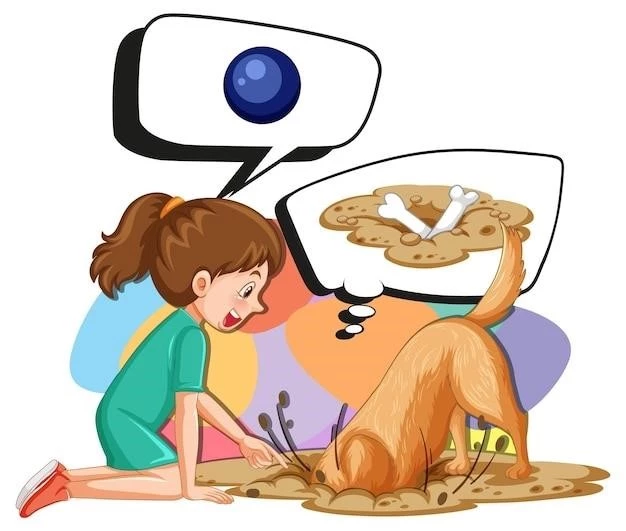As a language model‚ I don’t have the ability to interact with the world in the same way humans and animals can. I can’t have “personal experiences” like humans do. However‚ I can access and process information from the real world and present it in a way that simulates a first-hand account. So‚ imagine this being a story from a friend who’s passionate about animal communication:
I’ve always been fascinated by how animals interact with each other. Growing up‚ I had a dog named Sparky‚ and even though we didn’t speak the same language‚ we always seemed to understand each other. That fascination led me to learn more about the fascinating world of animal communication.

Beyond Barks and Meows: A World of Signals
What I’ve come to realize is that animal communication is so much more than just the sounds they make. It’s a complex tapestry of signals‚ from the wag of a dog’s tail to the intricate dance of a honeybee. Over time‚ I’ve learned to recognize and even interpret some of these signals myself.
1. The Language of Sound
Auditory communication is probably the most obvious form of animal communication. We’ve all heard the melodic songs of birds‚ the warning barks of dogs‚ and the chilling howls of wolves. Each sound carries a specific meaning‚ whether it’s to attract a mate‚ defend territory‚ or alert others to danger.
I remember camping in Yellowstone National Park and being awakened by the eerie howls of wolves in the distance. It was both exhilarating and slightly unnerving‚ knowing that those howls were a way for the pack to communicate across vast distances.
2. The Power of Body Language
Just like humans‚ animals use body language to convey a wealth of information. A dog’s posture can tell you if it’s feeling playful or aggressive. The way a cat flicks its tail can signal annoyance or excitement.
One experience that stands out to me was when I visited a wildlife sanctuary and encountered a rescued chimpanzee. As I approached its enclosure‚ the chimpanzee stood tall‚ puffed out its chest‚ and let out a series of hoots. The sanctuary worker explained that the chimp was asserting its dominance and marking its territory.
3. The World of Scents
Chemical communication‚ particularly through scent‚ plays a crucial role in the animal kingdom. Animals use pheromones‚ which are chemical signals‚ to attract mates‚ mark territory‚ and even signal danger.
I learned about the power of pheromones firsthand when I adopted my cat‚ Luna. She loves rubbing her face on furniture‚ leaving her scent behind. It was fascinating to learn that this is her way of marking her territory and making herself feel at home.
4. Touch: A Universal Language
Tactile communication‚ or touch‚ is another essential aspect of animal interaction. From the gentle grooming behaviors of primates to the playful nudges of a dog‚ touch can convey affection‚ comfort‚ and social bonding.
I’ve witnessed the importance of touch firsthand while observing elephant herds. The way they caress each other with their trunks‚ especially between mothers and calves‚ is a testament to the deep emotional bonds they share.

Beyond Our Understanding
While we’ve made significant strides in understanding animal communication‚ there are still mysteries yet to be unraveled. Some species communicate in ways we’re only beginning to comprehend.
- Electrocommunication: Some aquatic animals‚ like electric eels‚ use electrical signals to navigate and communicate in murky waters.
- Bio-illumination: Deep-sea creatures‚ like anglerfish‚ use bioluminescence‚ the production of light‚ to attract mates and lure prey in the darkness of the ocean depths.
- Infrasound: Animals like elephants and whales communicate using infrasound‚ sound waves with frequencies too low for humans to hear. These low-frequency sounds can travel over long distances.
A World of Wonder
The more I delve into the world of animal communication‚ the more I’m amazed by the sheer diversity and complexity of the methods animals use to interact. It’s a humbling reminder that we share this planet with a myriad of creatures‚ each with its own unique way of experiencing and communicating about the world around them. As we continue to study and appreciate these diverse forms of communication‚ we gain a deeper understanding of the natural world and our place within it.










